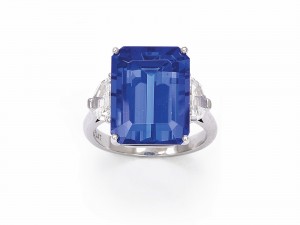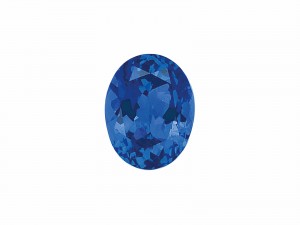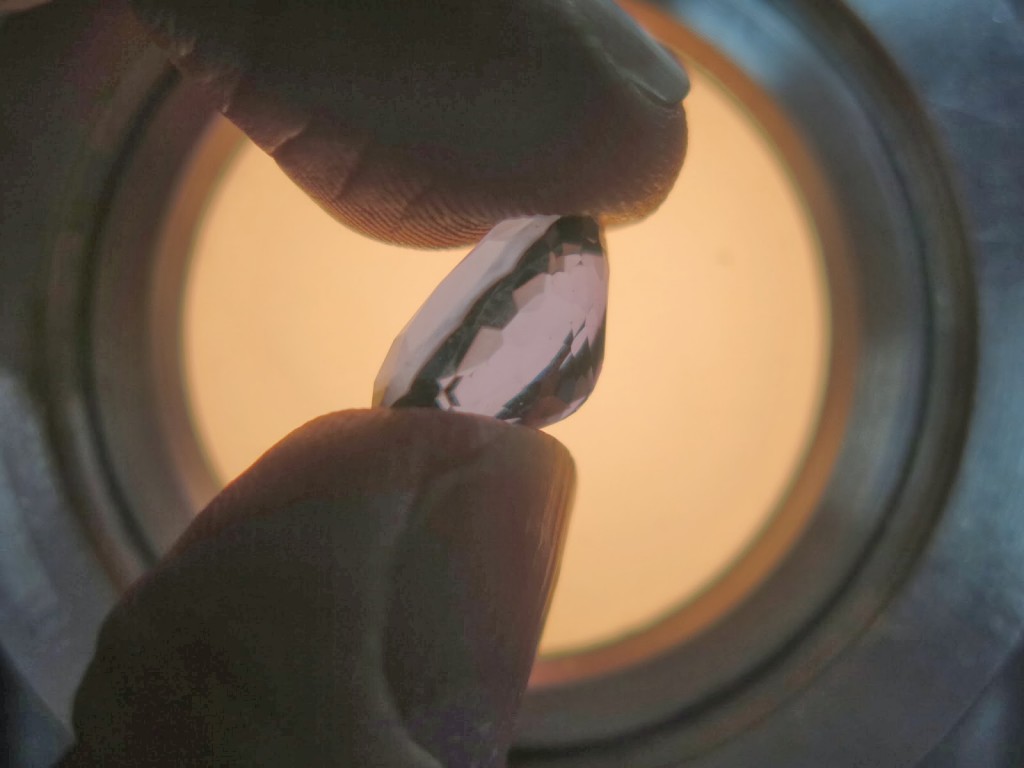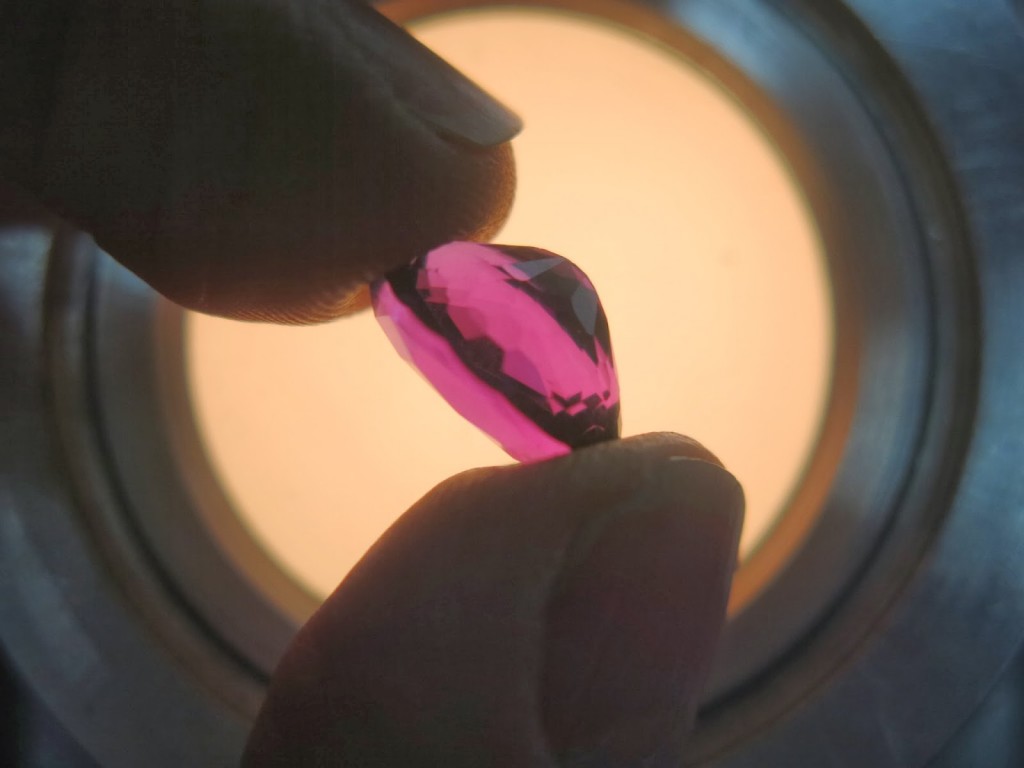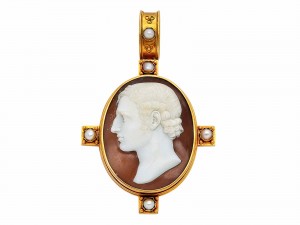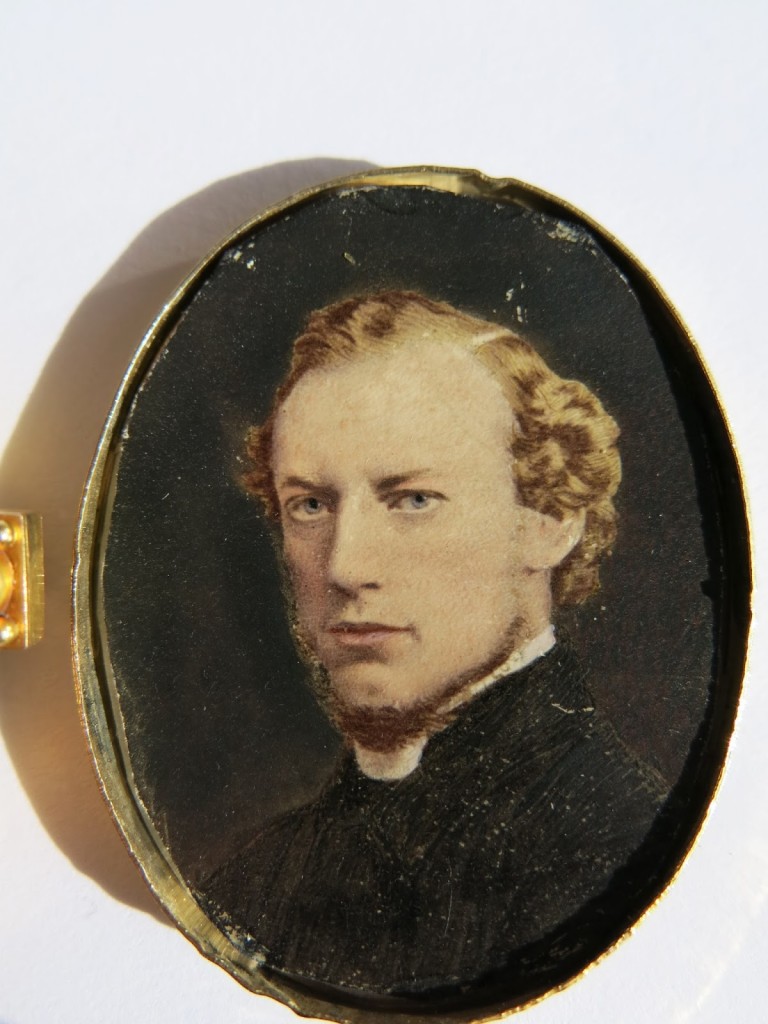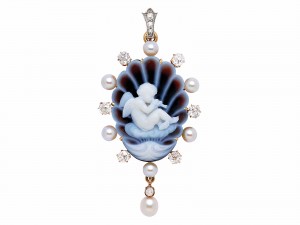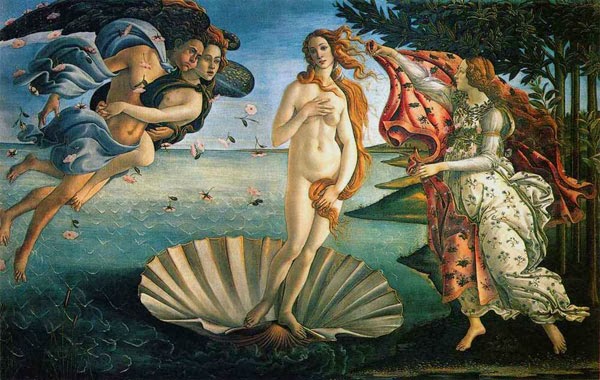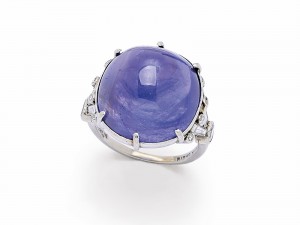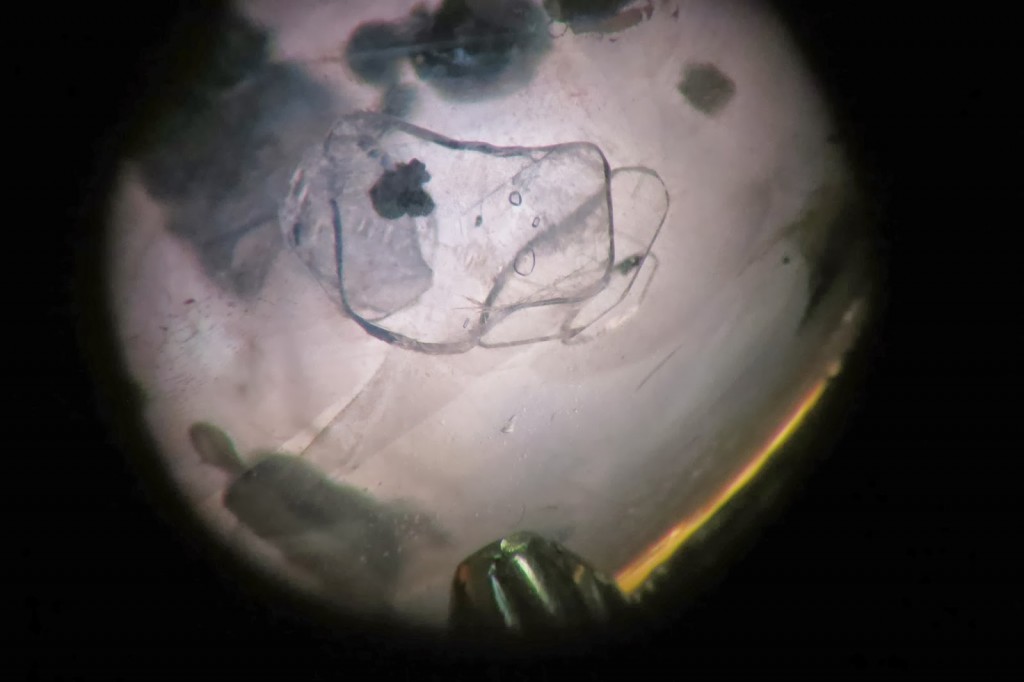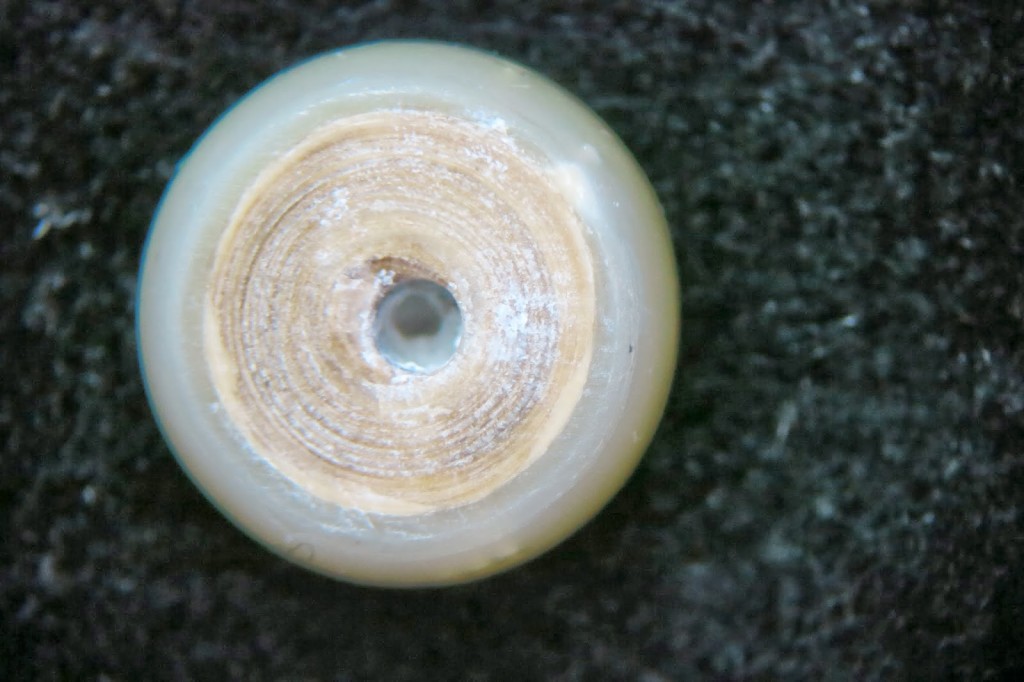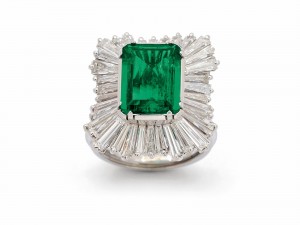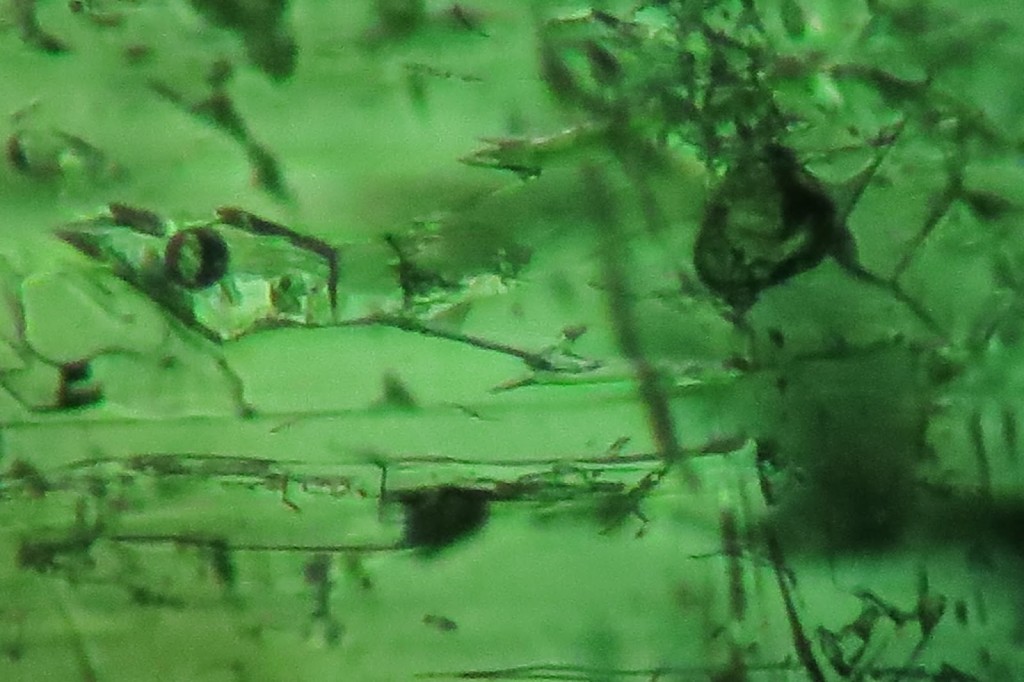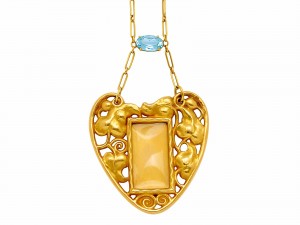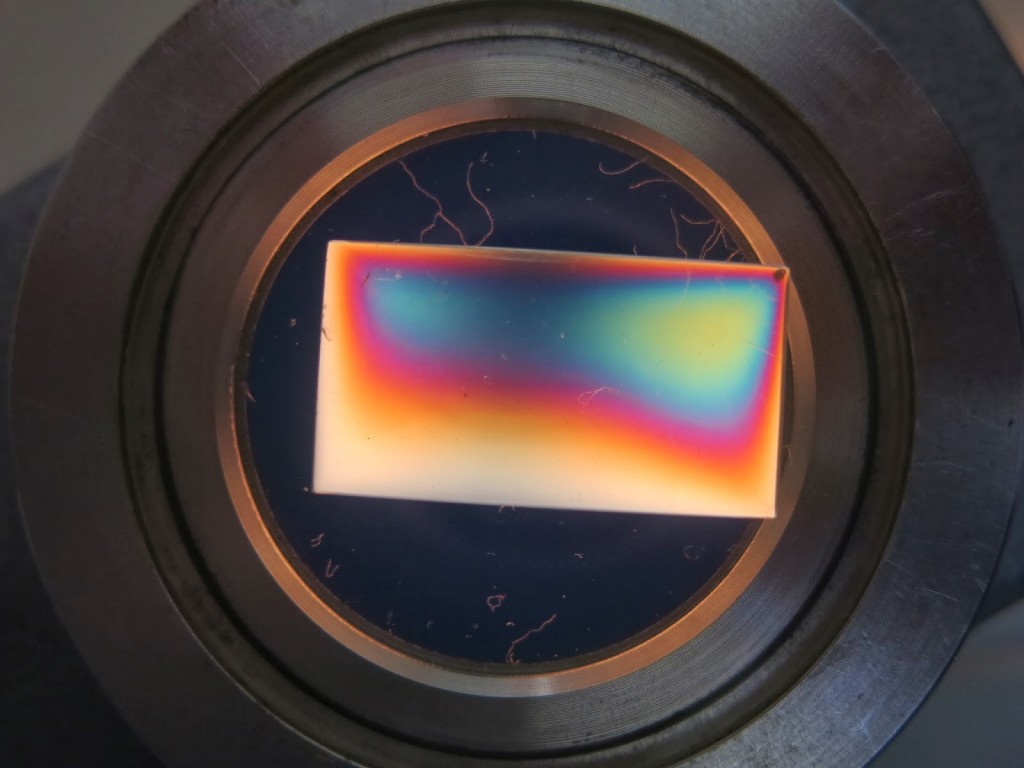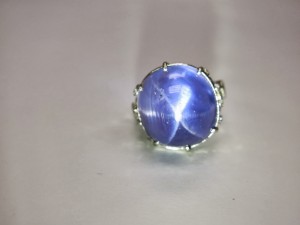
Star Sapphire at Dupuis Auctioneers
Stars are rare among gems, but given the right conditions, the right crystallographic structure, the right gem, and the right inclusions, all working together, a gem might exhibit a star. These four star sapphires are shown in a group, a constellation, and were all offered in the November 2013 Dupuis fine jewellery auction, lots 183 (go to: http://bit.ly/18orDoj ), 282 (go to: http://bit.ly/IGsQAH ), 454 (go to: http://bit.ly/1eTAHWu ), and 655 ( go to: http://bit.ly/1kgeza4 ) in the sale. The catalogue can still be viewed at www.dupuis.ca
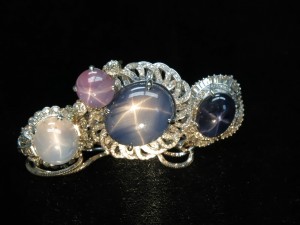
Star Sapphire at Dupuis Auctioneers
Sapphires will usually show a six rayed star, some gems (garnets and spinel, diopside) might show a four rayed star, while others may show as many as twelve rays.
The star in a sapphire is caused by light reflecting from the surface of parallel needle-like inclusions of a mineral called rutile, formed in relation to the hexagonally related growth structure of the sapphire.
The rays of the star are perpendicular to the direction of the inclusions (think of light reflecting from combed hair pulled into a pony tail, or reflecting from a spool of thread: The line of reflection is in the opposite direction to the direction the hair or threads are going). The star will only show on a domed surface such as these cabochon cut gems, or beads or spheres, and not on a flat faceted surface.

Star Sapphire at Dupuis Auctioneers
What makes a star gem desirable is a combination of the features that make any gem desirable: Colour, clarity, carat weight, and cut, plus it has the added bonus of the phenomenon of a star. The best star will be well-centred, very distinct, have all of the “legs” of equal strength, and as straight as possible.
In auction catalogues, star gems are often shown without the star in evidence. This is because the sharp, single source, un-diffused light required to show the star will usually detract from the photograph in most other ways, and the colour of the gem doesn’t show as well as it can.
Sometimes a star sapphire may also have the added bonus of having a colour change, such as lot 244 in the November Dupuis sale. This sapphire has a six rayed star, plus it has a colour that is purple in candlelight or incandescent light, and blue in daylight or fluorescent light (this gem was mentioned in an earlier post too).

